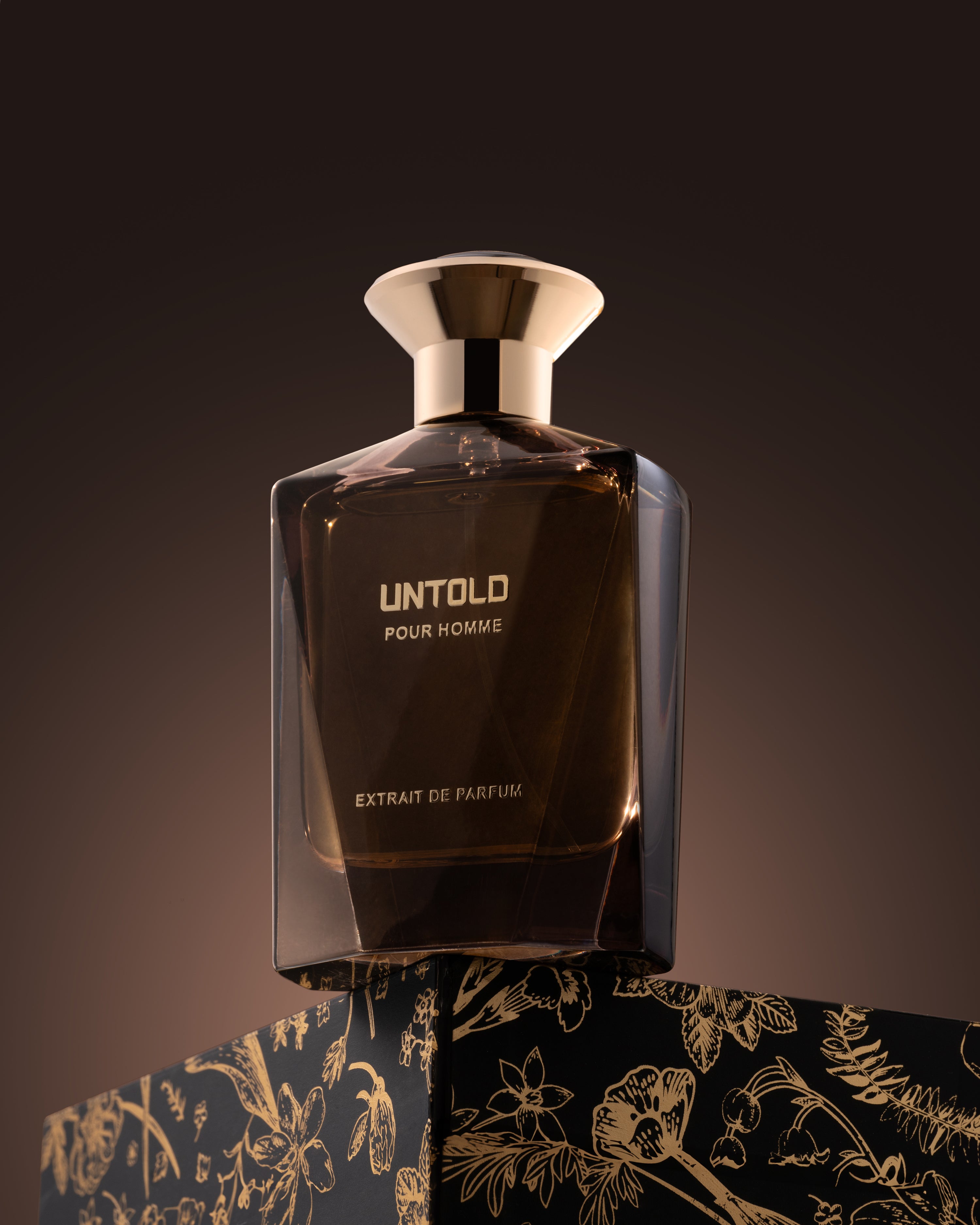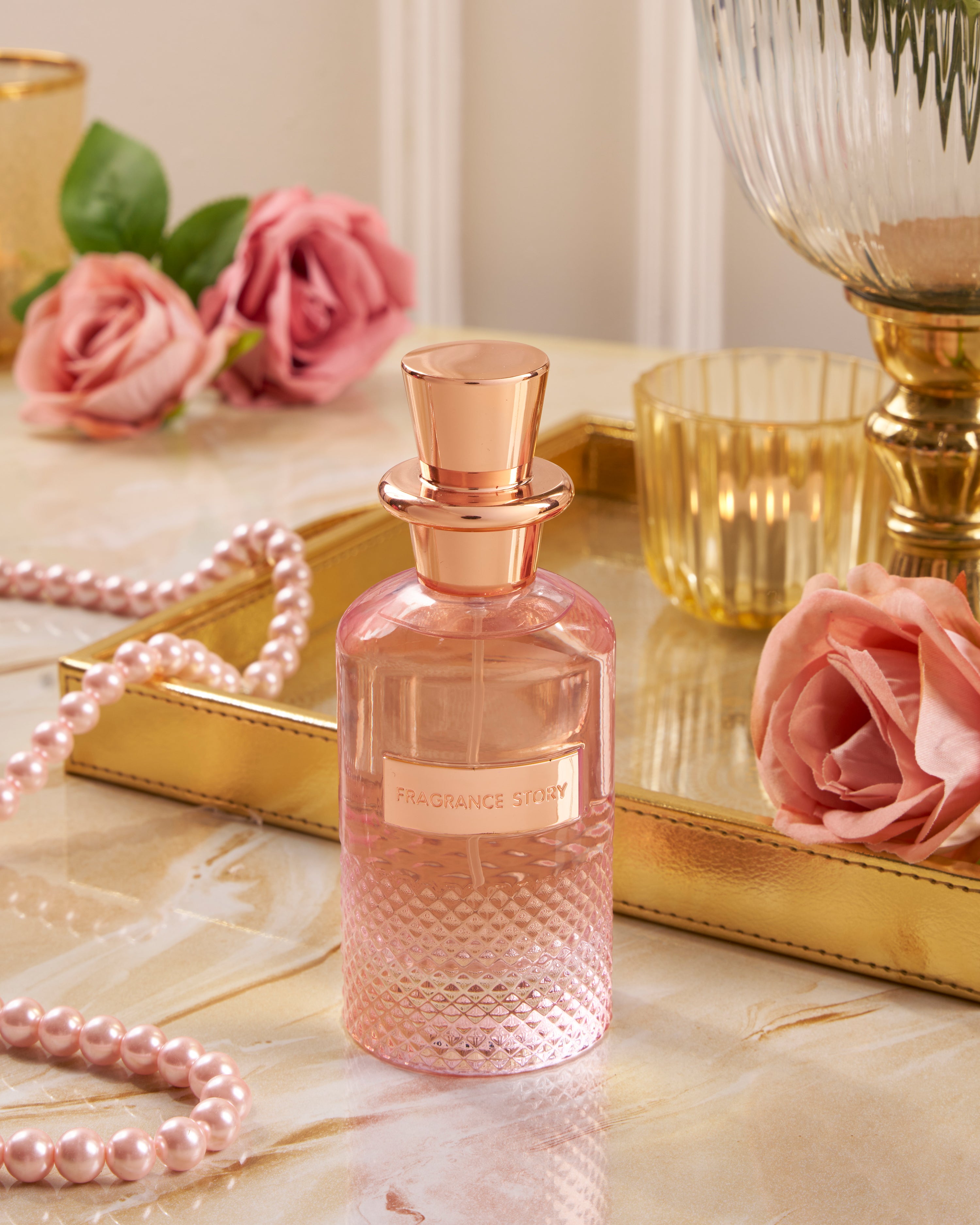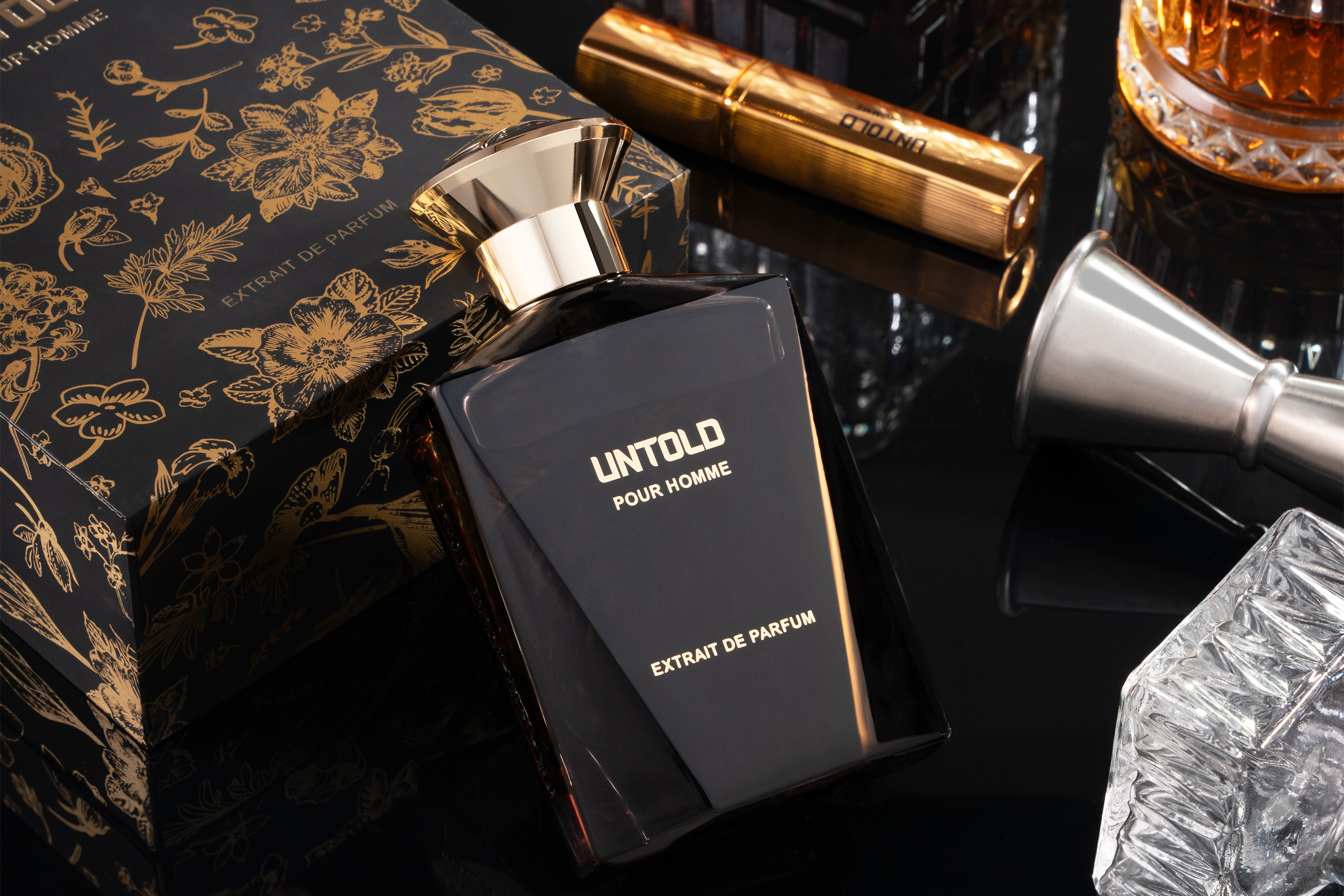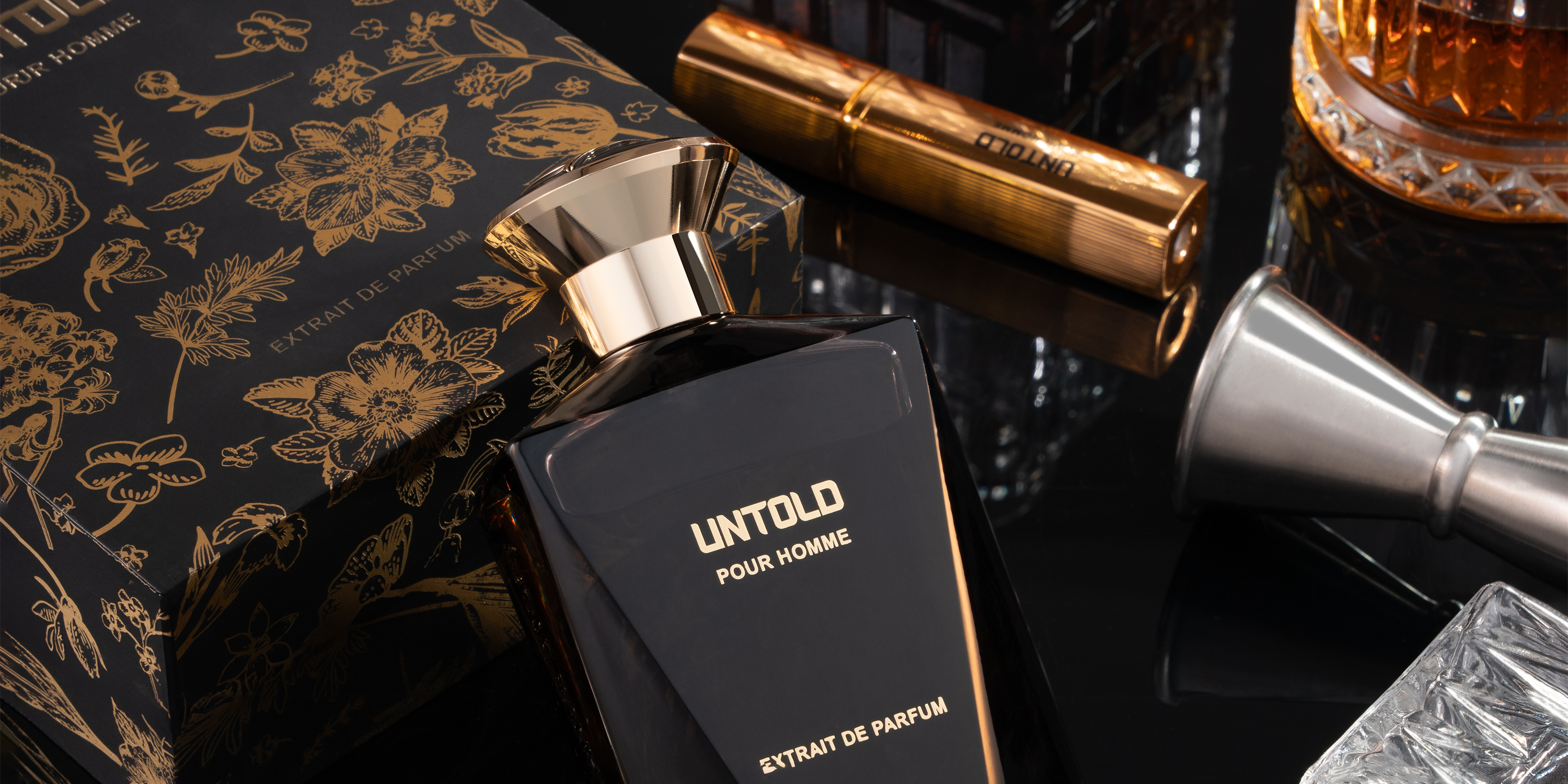Perfumes have enchanted humanity for centuries, serving as a potent form of self-expression and a gateway to unforgettable memories. While modern perfumery often relies on synthetic compounds, there's a timeless allure to fragrances crafted from natural ingredients. Join us on a journey into the captivating world of natural perfumery, where each scent is a work of art imbued with the essence of the earth.
The Essence of Natural Perfumery
At the heart of natural perfumery lies a reverence for nature's bounty. Perfumers source their ingredients from the rich tapestry of botanicals found across the globe, from delicate flowers and aromatic herbs to exotic woods and resins. These natural essences not only impart captivating scents but also possess unique therapeutic properties, adding depth and complexity to the final fragrance.
Harvesting and Extraction
The journey begins with the careful selection of botanicals, often harvested by hand to ensure optimal quality. Flowers like roses and jasmine are plucked at dawn, when their scent is most potent, while precious woods such as sandalwood are sustainably harvested from mature trees. Once gathered, the botanicals undergo various extraction methods to capture their aromatic essence.
Distillation: Many natural ingredients are extracted through steam distillation, a process that involves subjecting the botanicals to steam to release their essential oils. The steam is then condensed, yielding a fragrant liquid known as a hydrosol, which contains the water-soluble components of the plant, as well as the essential oil, which floats on top.
Expression: Citrus fruits, such as bergamot and lemon, are often extracted through a process called expression or cold pressing. Here, the rinds of the fruits are mechanically pressed to release their fragrant oils, resulting in bright and zesty top notes that add freshness to perfumes.
Enfleurage: This traditional technique involves layering fresh botanicals onto a layer of odorless fat, such as animal fat or vegetable oil. Over time, the fat absorbs the fragrance of the botanicals, creating a fragrant pomade that can be further processed to extract the essential oils.
Blending and Perfume Composition
Once the essential oils and other aromatic components have been extracted, the perfumer embarks on the art of blending. Like a master composer orchestrating a symphony, they carefully combine different essences to create a harmonious olfactory experience. Each fragrance is composed of top, heart, and base notes, which unfold over time to reveal the perfume's full character.
Top Notes: These are the initial impression of the perfume, providing a burst of freshness and vitality. Citrus oils, herbal extracts, and light florals often serve as top notes, enticing the senses and drawing the wearer in.
Heart Notes: Also known as middle notes, these form the heart of the fragrance, offering depth and complexity. Floral absolutes, spicy accords, and aromatic herbs are commonly used as heart notes, adding warmth and character to the perfume.
Base Notes: The foundation of the fragrance, base notes provide longevity and richness to the scent. Woodsy essences, resinous balsams, and sensual musks linger on the skin, creating a lasting impression that resonates with the wearer and those around them.
The Final Blend
Once the perfume composition is perfected, the final blend is left to mature and develop, allowing the different notes to meld together and harmonize over time. This maturation process is crucial for natural perfumes, as it allows the complexity of the fragrance to fully emerge, resulting in a scent that evolves and unfolds with each wear.
Conclusion
In a world dominated by synthetic fragrances, the art of natural perfumery offers a refreshing alternative, celebrating the beauty and diversity of the natural world. From the delicate petals of a rose to the earthy richness of sandalwood, each ingredient tells a story and evokes a sensory experience that transcends time and space. So, the next time you spritz on a natural perfume, take a moment to appreciate the craftsmanship and artistry that went into creating it, and let yourself be transported by the magic of scent.








Leave a comment
This site is protected by hCaptcha and the hCaptcha Privacy Policy and Terms of Service apply.